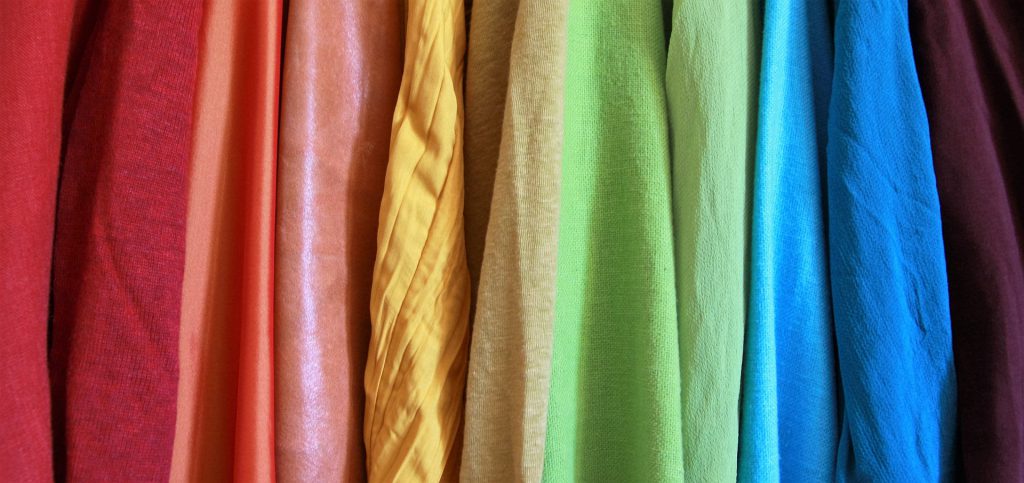
QPOC, an acronym standing for “queer people of color,” are minorities in several ways. Not only are they racial minorities, but they are also members of the LGBTQ+ community. This intersectionality – the ways that things like discrimination and disadvantages overlap if you belong to more than one marginalized group – can be difficult, especially during adolescence.
Not only are these adolescents figuring out where they belong in their community and how much they want to show of their race and culture (think of code-switching, for example), but they are also trying to figure out their sexuality. The way they view sexuality and queerness can also be affected by their culture’s views on the topic, which may make it harder for them to come to terms with. One recent example of this is the controversy associated with Kevin Hart and the Oscars: he lost the hosting job because of his homophobic tweets, and while Ellen DeGeneres, a white lesbian, interviewed him about the topic, black queer people responded about how the situation is much different for them.
Because the rates of mental illness in racial minorities, LGBTQ+ people, and adolescents are alarmingly high, it’s almost not surprising to see that that QPOC youth have a high risk of being diagnosed with a mental illness as well. Unfortunately, because of the issues that come with intersectionality, it can be even more difficult to access treatment for reasons such as the potential higher stigma against mental illness and therapy, and the process of deciding who they would feel comfortable coming out to. As a whole, QPOC are also at high risk for items such as substance abuse, trauma, suicidal intention, and poor relationships with adults, as well as the threat of rejection, discrimination, and violence.
Fortunately, people are beginning to pay more attention to the needs of queer adolescents of color. Articles are discussing ways that clinicians from privileged spaces (i.e. white, cisgender, and straight) can keep their patients’ identities in mind and how to be mindful of a potentially drastic power dynamic. Groups and popular websites are creating spaces where queer youth of color can share their experiences and stories in order to let others know that they are not alone, as well as the forgotten histories of other QPOC. And of course, queer youths of color are making their voices known through social media.
Representation is also key in helping QPOC. Reports come out annually about how much minorities, such as women, POC, and LGBTQ+ people, are shown on TV shows and movies throughout that year. Most of these generally have an optimistic tone, but there doesn’t seem to be much reported about the overlap, such as lesbians of color. This is especially true for shows meant for tweens and teens, like the CW, where queer characters, especially women, are almost always white. Adolescents who identify as QPOC and watch shows that appeal to them are not likely to see themselves on screen, therefore making them feel even more invisible, as they may already have trouble fitting in with what is considered to be “normal” development patterns at adolescence.
If your child is a QPOC, know someone who is one, or want to find out more resources, the National Queer and Trans Therapists of Color Network provides more information, including a directory of therapists who are QPOC, where you can learn more about how intersectionality affects them.
Are you a QPOC? If you are one, how does your race, sexuality, and/or gender affect you? How do you think intersectionality, or belonging to more than one marginalized group, can affect one’s identity and mental health? How do you think this specifically affects adolescents?